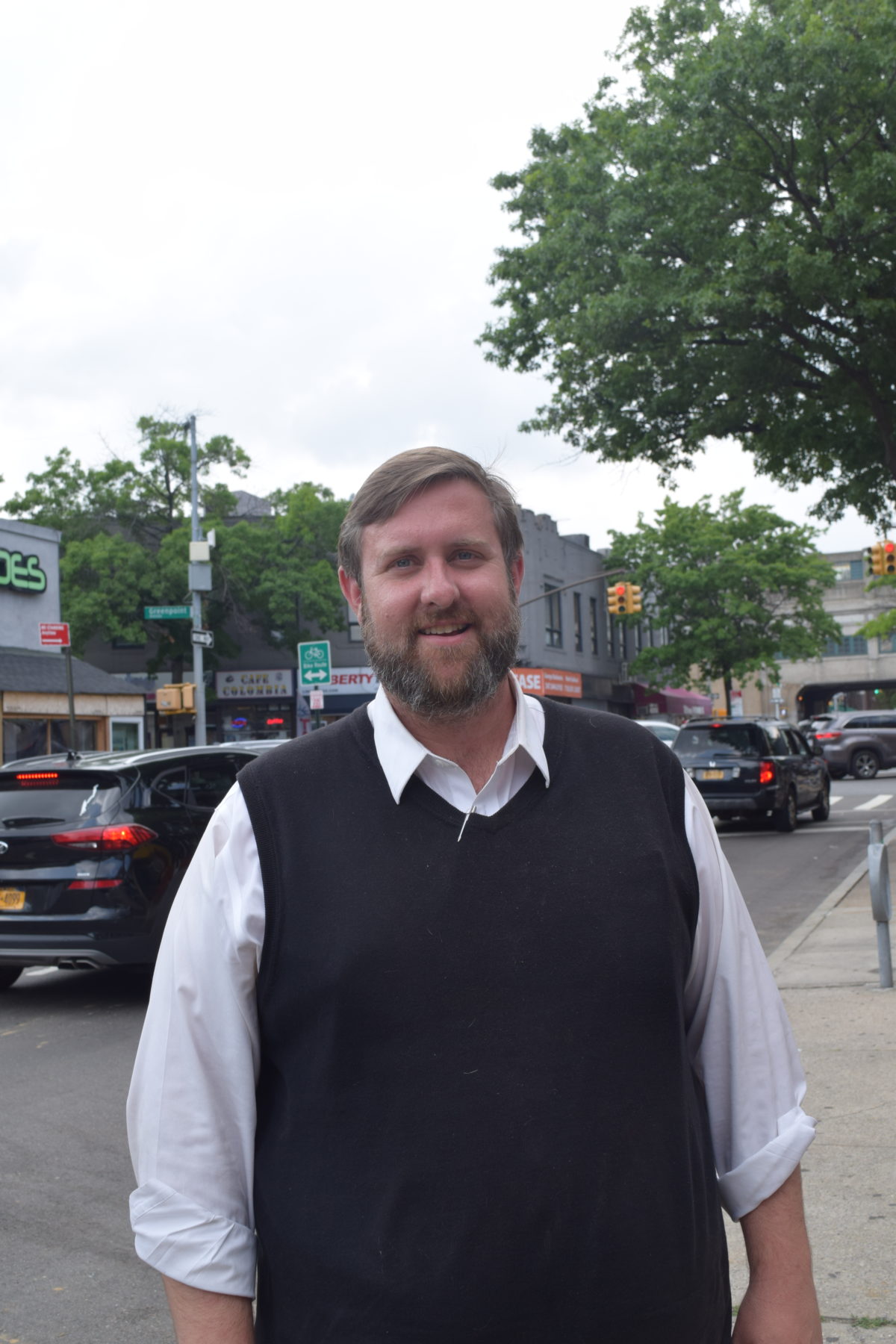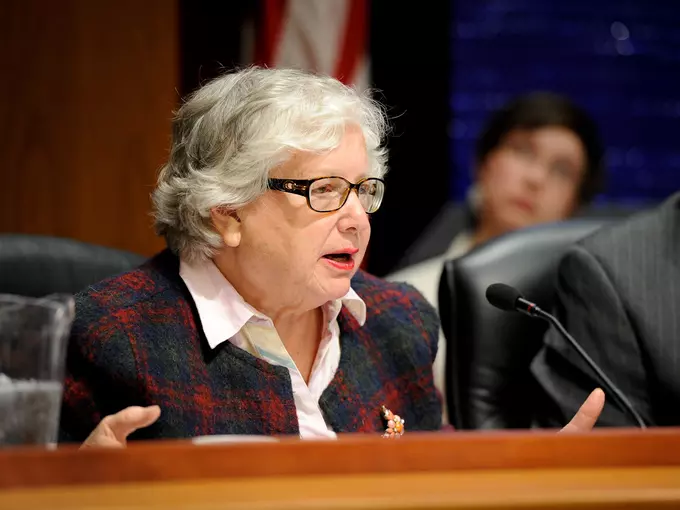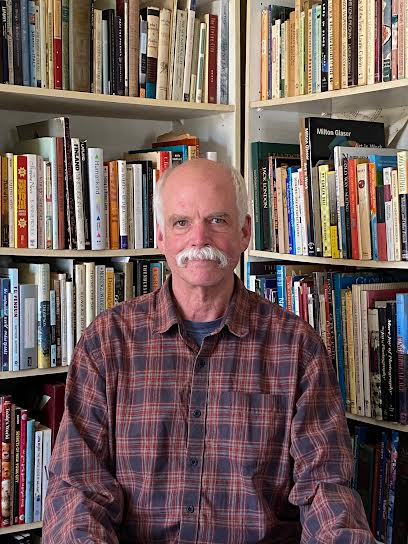OPED: Changing the tide on bail reform
My name is Jim Magee, and I am a Democratic candidate for State Assembly in the 37th District in Queens. I am a former prosecutor, current criminal defense attorney, husband, and father. In 2019, so-called “progressives” in the New York State legislature made it nearly impossible to prosecute crime. As a result, crime in the City is up over 40 percent this year. These changes, commonly known as “bail reform,” were passed in Albany without a debate or a vote by people with almost no experience in criminal justice. Mayor Adams wants to reverse many of these changes. So do I. As I talk to voters, it is clear that there is some confusion as to what changes were actually made.
The law is nicknamed “bail reform” because the legislature prohibited experienced judges from setting bail in most cases. This means that, no matter what the defendant’s prior track record for appearing in court, he is released. These crimes included larceny, assault, robbery, and burglary. There have been some horrific results of this change, most notably, Christina Yuna Lee who was stabbed to death in her bathtub in Chinatown in February.
The defendant in the case was out of jail on a pending assault charge when he was re-arrested in January for 27 counts of property damage. Then, due to the bail reform law, he was released without bail a month before the murder. Tragically, almost every day there is a crime story on the front page.
Unfortunately, ending judicial discretion is not the most damaging part of the law. The legislature, with no debate and no input from judges or the 62 democratically elected district attorneys, placed a crippling discovery burden on prosecutors. Already overworked assistant district attorneys were now given the responsibility to track down all paperwork, notes, and videos before a case could be marked for trial. No additional funds were provided to the District Attorneys in order to meet this new obligation. These offices were overwhelmed. The result was that hundreds of thousands of cases were dismissed or prematurely settled because prosecutors only had time to prosecute the most serious crimes. You may have noticed the change if your local pharmacy is either locking up its inventory or closing for business entirely. Under these laws, there is no consequence for stealing from a store.
The responsible thing for the legislature to have done would have been to increase funding for mental health and addiction. In the two decades that I worked in criminal justice prior to the new law, I watched the district attorneys increasingly direct those suffering from mental illness and addiction into court-ordered outpatient treatment as an alternative to incarceration. I am a member of a panel of defense attorneys who take the cases of those who cannot afford a lawyer. Prior to the new discovery law, I was placing two or three people into court-ordered treatment a month. Since the law passed, I have not placed anybody into treatment. Those cases are simply not being prosecuted and those defendants are off the radar. Enrollments in court-ordered addiction and mental health treatment have plummeted. While the criminal court is empty, you may have noticed a change in your local park or on the subway.
It is hard to believe that this was not all done on purpose by people with no criminal justice experience. Proponents of the law claim that it addresses the socioeconomic inequities in the system, but that simply isn’t true. Most of the victims of the current rise in crime are the poorest among us. Furthermore, there are plenty of inequities in the penal code itself that target the poor. For instance, someone without identification in a housing project is subject to arrest. Apparently, the legislature simply could not be bothered with addressing laws such as that. But this is because the purpose of the law was not to fix criminal prosecution at all, it was to effectively end it. The results are everywhere. Instead of recognizing this for the crisis that it is, my opponents have gone even further, calling for defunding the police department at a time when crime is on the rise and our citizens are afraid. All of our tough gun laws are only as effective as the police we have to enforce them.
Progressive values should include a fairer tax code, higher wages, universal health care, affordable housing, and a healthy environment for ourselves and our children.
Unfortunately, that is not where our representatives in Albany used their political capital. This last budget gave hundreds of millions more away in tax breaks for the rich.
Meanwhile, those affected by crime were ignored. There is nothing “progressive” about refusing to prosecute crime. Protecting the weak and vulnerable is something that we used to take for granted as a matter of common sense and decency. We should never stop working to end the causes of crime, but to ignore a crime once it is committed is an abdication of basic governmental responsibility. Please help me and elected officials like Mayor Adams reverse this trend and show that the Democratic
Party can govern responsibly on public safety. We have to stop electing people who simply do not know what they are doing.







 The Better Living pavilion seemed pretty lame, but they had a number of free samples, including a new grapefruit soda, “Wink.” Then I went to Bell Telephone for a tour through communications history, “From Drumbeat to Telestar,” and to beep away at the many new models of push button phones and, a real treat in pre-video game days, to play electronic tic-tac-toe against a computer.
The Better Living pavilion seemed pretty lame, but they had a number of free samples, including a new grapefruit soda, “Wink.” Then I went to Bell Telephone for a tour through communications history, “From Drumbeat to Telestar,” and to beep away at the many new models of push button phones and, a real treat in pre-video game days, to play electronic tic-tac-toe against a computer. And although this was my 14th visit, the exhibits were still captivating, although far from realistic as it turned out. The only thing they got right was lunar exploration, then just four years away. But they overplayed their hand by including things like regular commuter spaceship landings. There are still no farms in the desert or underwater vacation resorts, or weather stations beneath the Antarctic ice. And predictions for the City of Tomorrow, a tomorrow already long in the past, seemed to have been based less upon science or urban planning than on viewing episodes of The Jetsons. There are no roadways in the sky, high speed buses, or underground freight conveyor belts. And the only times I’ve been on moving sidewalks have been at airports, and, ironically, at Freedomland in the Bronx in 1962. But, accurate or otherwise, it was all great fun. And like so many other things at The Fair, it did much to warm my 13-year-old heart.
And although this was my 14th visit, the exhibits were still captivating, although far from realistic as it turned out. The only thing they got right was lunar exploration, then just four years away. But they overplayed their hand by including things like regular commuter spaceship landings. There are still no farms in the desert or underwater vacation resorts, or weather stations beneath the Antarctic ice. And predictions for the City of Tomorrow, a tomorrow already long in the past, seemed to have been based less upon science or urban planning than on viewing episodes of The Jetsons. There are no roadways in the sky, high speed buses, or underground freight conveyor belts. And the only times I’ve been on moving sidewalks have been at airports, and, ironically, at Freedomland in the Bronx in 1962. But, accurate or otherwise, it was all great fun. And like so many other things at The Fair, it did much to warm my 13-year-old heart.